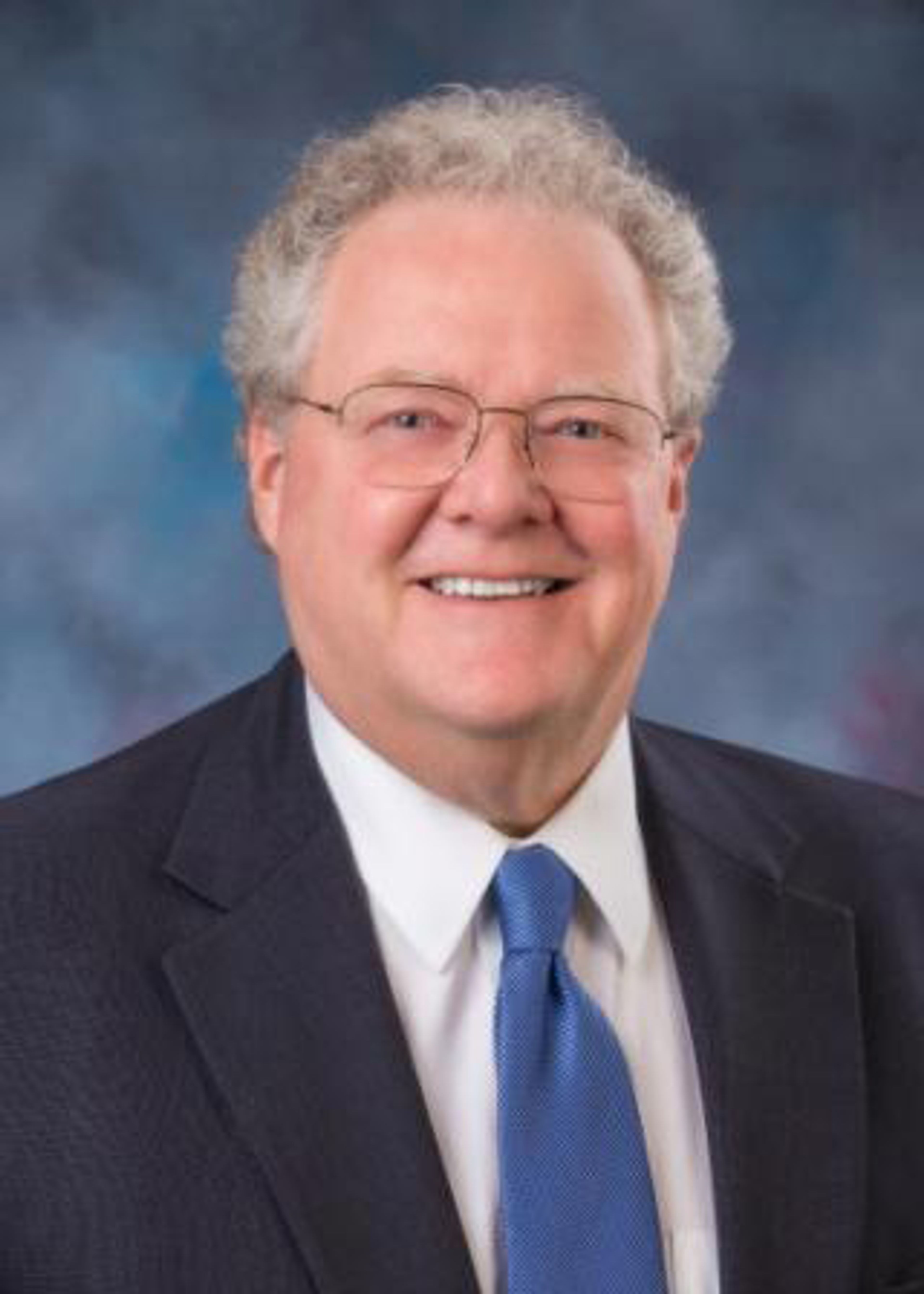A lot of policymaking relies on guesswork. How many people will be eligible for a program? How much will it cost to cover each person? That’s especially true of big changes like Medicaid expansion, which is finally plugging the Medicaid gap.
Lawmakers and voters rely on such projections to guide their decision-making. That’s why it’s important to keep track of who’s making good guesses and who’s making bad ones.
Here’s one that’s proving bad: Many lawmakers and Medicaid expansion opponents took seriously a study published by the Foundation for Government Accountability and repackaged in a paper by the Idaho Freedom Foundation and the Heartland Institute that claimed Medicaid expansion would cost much more than expected because enrollment could be more than double the official projections.
Nothing of the kind appears to be materializing.
At last count, about 58,000 Idahoans have signed up for Medicaid expansion, up from the 52,000 in December but well short of the more than 90,000 projected by Milliman, a nonpartisan actuarial firm hired by the state Department of Health and Welfare. The number is rising — there is no fixed enrollment period for Medicaid as there is for private health plans, so eligible individuals may be waiting until they need to visit a doctor to sign up — but after the initial burst of 40,000 sign-ups, growth has been gradual and steady. It is increasingly clear that the foretold crisis is not materializing.
You should remember this forecasting failure the next time groups such as the Foundation for Government Accountability and the Idaho Freedom Foundation make apocalyptic claims about programs to help the poor and vulnerable.
There could eventually be more Medicaid expansion sign-ups than projected. The population is rising sharply as people move to the Gem State, and at least some of them will be eligible — but that also means a larger tax base to spread out the costs. If a major recession hits and tens of thousands of Idahoans are laid off, you’d expect a significant increase in the eligible population as well.
But so far Milliman’s projections appear to have been quite good. The drummed-up fears that there could be massive Medicaid enrollment overruns appear entirely unfounded.
You won’t find this outcome too surprising if you learn a bit more about the group at the center of it.
As the Center for Public Integrity reported in September, one of the Foundation for Government Accountability’s other major interests is the food stamp program. They don’t just produce shoddy studies about it, they wine and dine lawmakers at expensive resorts while pitching proposals to limit how many hungry people get food.
Peter Germanis, a conservative who worked on welfare reform under Presidents Ronald Reagan and George H.W. Bush, told the Center for Public Integrity he considered the Foundation for Government Accountability “dangerous.”
“Nobody who’s serious about public policy really takes them seriously,” he told the center. “But politicians seem to love them because (the FGA) tells them what they want to hear.”
Lesson: Take projections from professional actuarial firms like Milliman seriously. Be deeply skeptical of those from ideological policy shops like the Foundation for Government Accountability and the Idaho Freedom Foundation.
And policymakers should seriously consider ending the catastrophic health care (CAT) fund and county indigent funds which Milliman projected could result in net savings to Idaho taxpayers.
This editorial was published by the Post Register of Idaho Falls.








